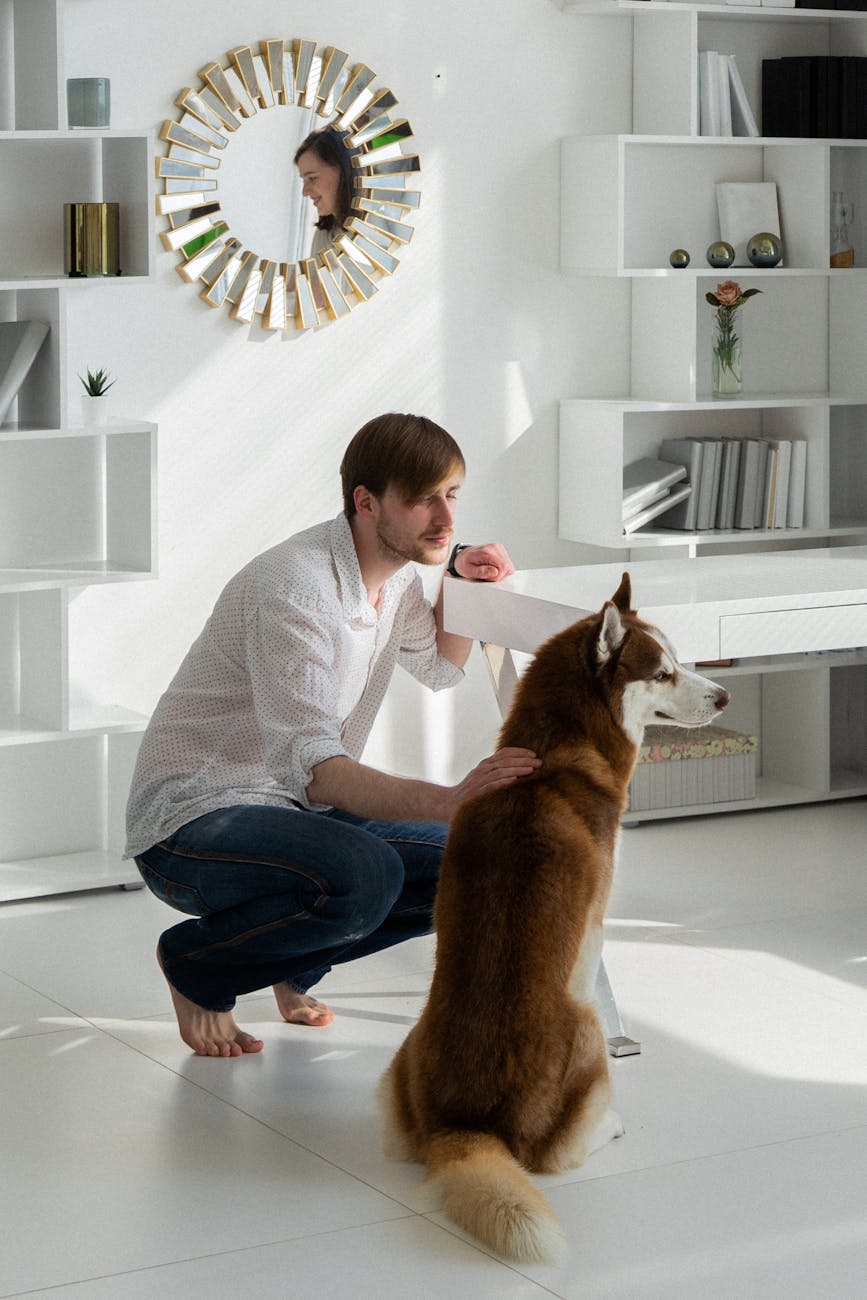Is a Warm or Cool Light Better for Living Rooms?
The choice between warm and cool lighting in living rooms is often overlooked in home design, yet it holds significant importance in shaping the mood and functionality of your space. Lighting can influence not only the aesthetics of a room but also the way it makes you feel. This comprehensive guide explores the pros and cons of warm and cool lights, helping you make an informed decision for your living room environment.
Understanding Light Temperature
Before diving into the specifics, let’s understand what is meant by warm and cool light. Light temperature is measured in Kelvin (K):
- Warm Light: Ranges from about 2700K to 3000K. These lights emit a soft, yellow glow akin to traditional incandescent lighting and are often used to create cozy, inviting spaces.
- Cool Light: Falls between 3500K and 5000K. Known for emitting a white or bluish tint, cool lights are often associated with modern, contemporary aesthetics and are used in environments requiring focus and clarity.
The Advantages of Warm Lighting
Warm lighting can transform your living room into a comfortable and relaxing sanctuary. Let’s explore some of the benefits of using warm lights:
- Cozy Ambiance: The soft glow of warm lights creates a comforting and inviting atmosphere, ideal for relaxing or entertaining guests.
- Complementary to Earthy Tones: Warm lights enhance the natural colors in wood and earth-toned furnishings, providing a harmonious feel to the room.
- Softens Spaces: Warm lights can soften the appearance of a room, blurring harsh edges and creating a more pleasant environment.
The Benefits of Cool Lighting
On the other hand, cool lighting offers its own set of advantages particularly suited for certain types of living environments:
- Modern Aesthetics: Cool lights emphasize clean lines and minimalist designs, adding a contemporary flair to living spaces.
- Vibrancy and Clarity: These lights make colors pop and can enhance visual clarity, aiding activities like reading or intricate hobbies.
- Energy Efficiency: Often associated with LED options, cool lights are typically more energy-efficient, reducing electricity costs over time.
Finding the Right Balance
Choosing between warm and cool lighting need not be an all-or-nothing decision. A balanced approach might provide the ideal solution for many households:
- Layered Lighting: Use a combination of overhead fixtures, floor lamps, and table lamps to integrate both warm and cool lights for versatile functionality.
- Task and Ambient Lighting: Incorporate cool lights for task lighting in specific areas, such as reading nooks, while using warm lights for ambient lighting to maintain a cozy atmosphere.
- Adjustable Systems: Consider dimmable or color-changing LED lights to switch easily between warm and cool lighting, depending on the time of day or activity.
Final Thoughts
In conclusion, the decision between warm and cool lighting for your living room greatly depends on your personal preference, the room’s design, and the activities you intend to carry out in the space. Both lighting temperatures offer distinct benefits and drawbacks, making them useful in different contexts. By assessing your needs and experimenting with different lighting strategies, you can create a living room that’s not only aesthetically pleasing but also functional and inviting.





